Ten Tips For Beginning Vegetable Gardeners
Ten Tips For Beginning Vegetable Gardeners
If you are relatively new to growing vegetables, we have suggestions that will help you to be successful. Here are ten tips that will lead to bigger and better harvests.
- If you haven’t yet planted your squash, don’t mound up the soil and put the seeds on top. Yes, the instructions say to plant “in hills” but that just means in a group of plants. (One definition of the word “hills” is “a group.”) Mounded soil is hard to keep watered. Instead, dig a shallow bowl, and place plants or seeds about six inches apart in that depression.
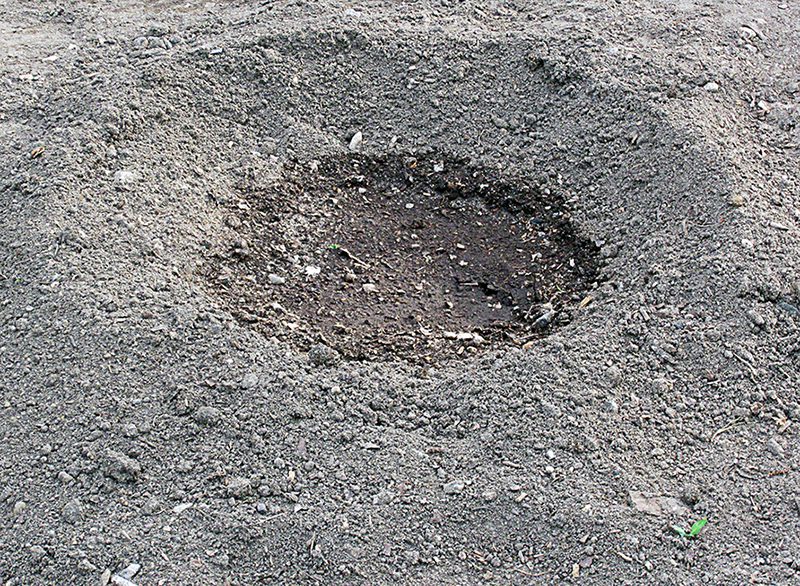
2. Tiny holes in arugula, kale, or eggplant are usually made by flea beetles. Dusting once with Diatomaceous Earth (DE) usually takes care of the problem. (See photo below for a picture of a bag of DE.)
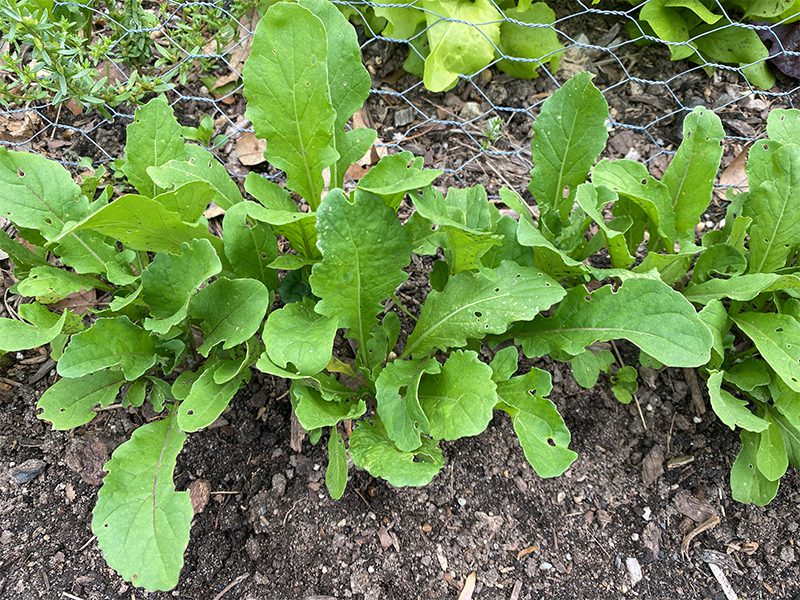
3. When seedlings are just coming up they are vulnerable to slug and earwigs. Watch for when your beans, zinnias or other seeds germinate and begin to emerge. First water them well and let the plants dry for a couple of hours, then dust with DE, getting it on the emerging plants and the soil around the seedlings. This helps control cutworms too.

4. If you have a large garden with many lettuce plants, you can harvest by cutting off entire heads for a meal. But if you have a smaller garden, remove only the outer, largest leaves for your salads. The inner part of the plant will continue to grow, so you’ll be able to pick much more lettuce before the plant begins to “bolt” and flower. Once you see lettuce forming flower stems, pull the entire head and eat it, then immediately plant more lettuce seeds in the same area.
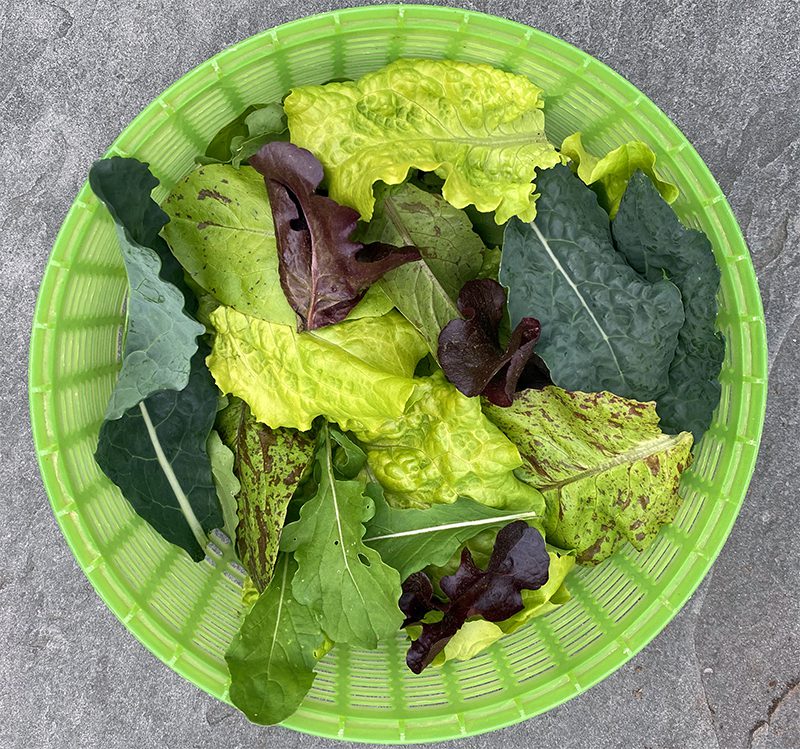
5. Keep weeds at bay and soil moisture even by mulching your vegetable garden with a two inch thick layer of mulch. Pine needles make wonderful, attractive coverings for vegetable gardens and they are light-weight so easy to apply! (And don’t believe that old myth that pine needs make soil acidic. They do not.) Other good mulch for vegetable gardens is straw or hay, or chopped up leaves. Bark mulch isn’t as good for vegetable gardens unless it’s very fine in texture. The bagged Pine/Spruce mulch that Hyannis Country Garden has in stock is the finest and could be used in a vegetable garden.
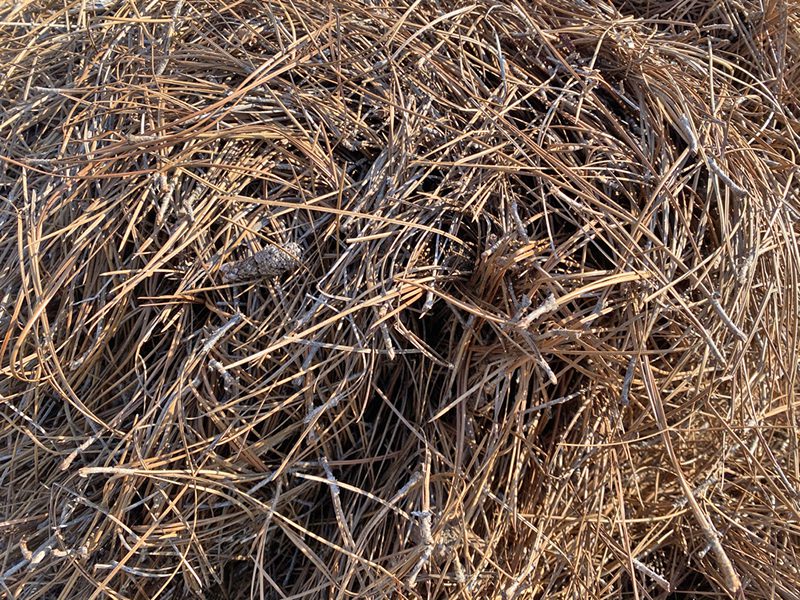
6. Although you can hand water newly placed plants and seeds, after a couple of weeks it’s far better to water the entire garden using either a sprinkler or soaker hoses. A deep soaking less often helps prevent blossom end rot on tomatoes, and helps all of your plants grow large and productive.

7. Buy seeds now for planting through the summer and into the fall. When a crop finishes, you can pull it out and plant new seeds for carrots, kale, lettuce, chard, radishes, beets or arugula. On Cape Cod these crops will grow well and be productive through October and beyond.
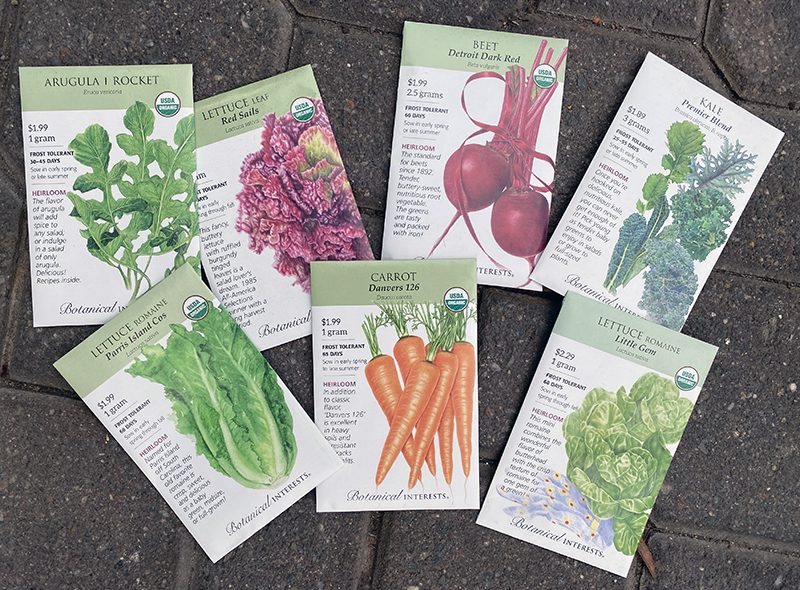
8. Bunnies eating your crops? You need to put up a barrier. A fence is the best way to prevent the rabbits from eating your vegetables. Taller raised beds also help, but low beds allow Thumper to hop up and feast.
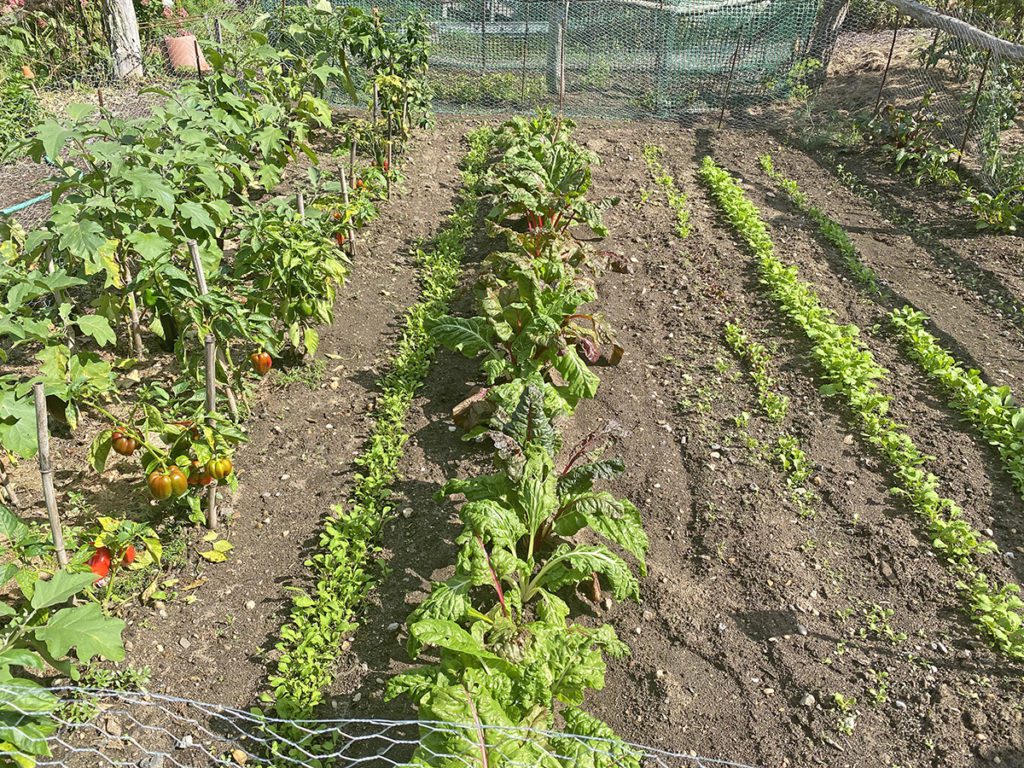
9. Harvest broccoli when it looks like a head of broccoli, no matter how small the plant or head might be. In hotter weather broccoli plants stay shorter, and home-grown broccoli heads are often smaller than store bought. Most broccoli plants will produce side shoots after the central head is cut, so leave the plants in place and continue deep soakings. Pick the side shoots before they open up and start to flower – you’ll be able to get many of these tender, small heads of broccoli though the rest of the summer if you pick them every other day and never let the plants go to flower. Note that all vegetables produce more if harvested frequently. Pick beans and peas every other day so that they are young and tender, and the plants will continue to bloom and bear vegetables.

10. Have your organic supplies ready! Diatomaceous earth for dusting young plants for flea beetle, earwig and slug control. Captain Jacks (Spinosad, a natural bacteria) for spraying broccoli, kale and cabbage from mid-June on as a cabbage moth larvae control. (Hint: put the spreader-sticker called Turbo in the tank so that the spinosad sticks on the leaves.) Sluggo Plus is also helpful for controlling slugs and cutworms. Scatter it around the plants that are being eaten. Revitalize is an organic fungicide that is helpful in controlling powdery mildew on squash and cucumbers, and early blight on tomatoes. Spray the plants weekly before you see signs of the disease.
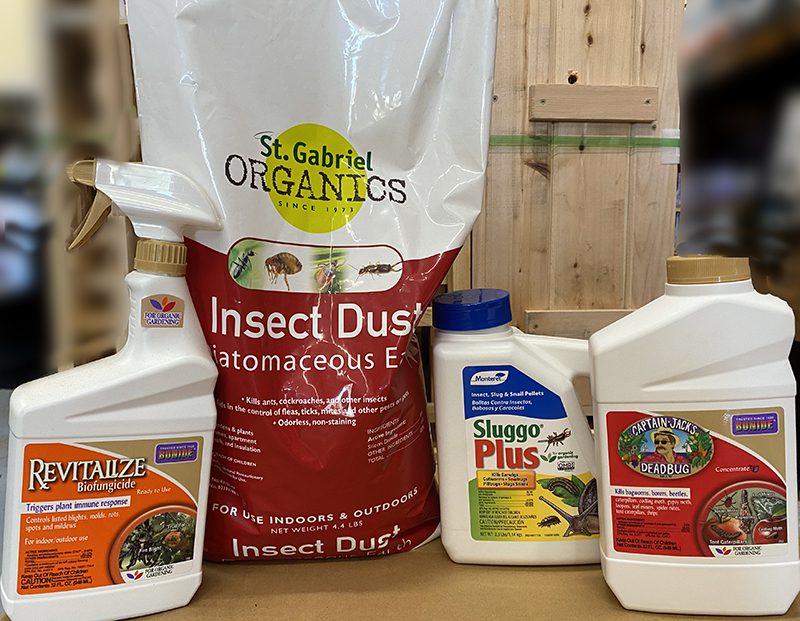
Subscribe To Our Newsletter
Sign up for our weekly email about sales and events.
